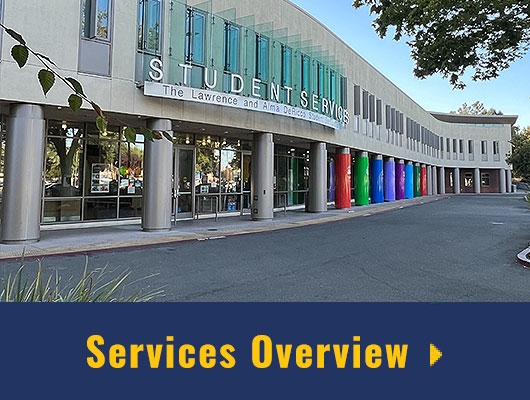What is Zoom-bombing?
Zoom-bombing refers to uninvited guests who crash Zoom meetings, most often through publicly available Zoom links.
Here are some basic precautions you can take to ensure Zoom-bombing does not interrupt your class or meeting. If you do experience a Zoom-bombing incident, please notify the IT Help Desk.
Reminders on using Zoom meetings
Remember that if you share a meeting link on social media,anyone with the link can join your meeting.
Here are some more specific pointers:
- Do not use your Personal Meeting ID (PMI) to host public events. Your PMI is basically one continuous meeting and you don't want people crashing that space whenever they want to. Instead, use a random meeting ID. Learn how in this video.
- Become familiar with Zoom's settings and features. You can protect your virtual space, for example, by using a Waiting Room to control attendees.
- Password protect your Zoom meetings.Here's how to require a password.You can also choose not to include the password in the meeting link.
- Do not use "Join Before Host." The Zoom Meeting Join Before Host option allows meeting participants, unwanted or not, to join your meeting before the host. It is always best for you to join as the host before allowing others to join so that you can see who is joining. If you must use the ‘Join Before Host’ option, you should assign a password to protect the meeting.
Manage screen sharing
You definitely don't want random people taking control of your screen during a meeting.
To prevent this, Zoom has changed the default screen sharing setting to "Only Host." To allow users to share during a Zoom call, you'll need to click on the arrow to the right of Share Screen and select Advanced Sharing Options. Then, under "Who can share?" select All Participants.
You can also lock the screen share by default for all of your meetings in your web settings.
Manage participants
- Allow only signed-in users to join: If someone tries to join your event and isn’t logged into Zoom with the email they were invited through, they will receive a message requiring them to sign in.
- Lock the meeting: When you lock a Zoom Meeting after it has started, no new participants can join, even if they have the meeting ID and password (if you have required one). In the meeting, click Participants at the bottom of your Zoom window. In the Participants pop-up, click the button that says Lock Meeting.
- Set up your own two-factor authentication: You don’t have to share the actual meeting link. Generate a random Meeting ID when scheduling your event and require a password to join. Then you can share that Meeting ID through a public setting/social media and only send the password to join by email or direct message.
- Remove unwanted or disruptive participants: From the Participants menu, you can hover over a participant’s name, and several options will appear, including Remove.
- Allow removed participants to rejoin: When you do remove someone, they can’t rejoin the meeting. But you can toggle your settings to allow removed participants to rejoin, in case you remove the wrong person.
- Put them on hold: You can put each participant on a temporary hold, including the attendees’ video and audio connections. Click on someone’s video thumbnail and select Start Attendee On Hold to activate this feature. Click Take Off Hold in the Participants list if/when you’re ready to have them back.
- Disable video: Hosts can turn someone’s video off. This will allow hosts to block unwanted, distracting, or inappropriate gestures on video.
- Mute participants: Hosts can mute/unmute individual participants or all of them at once. Hosts can block unwanted, distracting, or inappropriate noise from other participants. You can also enable Mute Upon Entry in your settings to keep the noise down in large meetings.
- Turn off file transfer: In-meeting file transfer allows people to share files through the in-meeting chat. Turn this off to keep the chat from getting unwanted content.
- Turn off annotation: You and your attendees can doodle and mark up content together using annotations during screen share. You can disable the annotation feature in your Zoom settings to prevent people from using it.
- Disable private chat: Zoom has in-meeting chat for everyone or participants can message each other privately. Restrict participants’ ability to chat with each another during your meeting. This prevents anyone from getting messages during the meeting.
Use a waiting room
One of the best ways to use Zoom for public events is to enable the Waiting Room feature. The Waiting Room is a virtual staging area that stops your guests from joining until you’re ready for them.
Meeting hosts can customize Waiting Room settings for additional control, and you can even personalize the message people see when they hit the Waiting Room so they know they’re in the right spot.
These tips courtesy Zoom's March 20 blog post:https://blog.zoom.us/wordpress/2020/03/20/keep-uninvited-guests-out-of-your-zoom-event/






